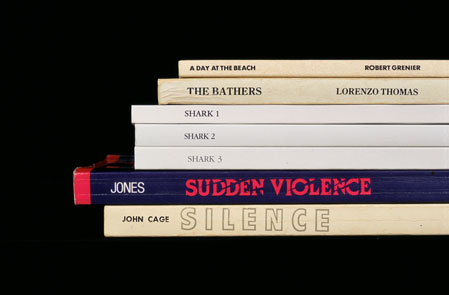Drawn has plunged me into childhood nostalgia by compiling an archive of cereal boxes. There are 100 of them on this site. I don’t think we had a lot of these in Australia.

There’s something smile-worthy about the cheery, colourful graphics of cereals past. Even though I don’t recognise many of these, and despite the fact that most of these were forbidden, the happy times of simpler days still shine through these colourful graphics.
I wonder how many people remember a childhood of uncensored cereal-eating? Was it the norm to eat these sugary breakfast treats? My childhood was a mixture of ‘the norm’ and not. Yes, I was allowed sweets, even fags, and no, I wasn’t allowed fairy bread for school lunch, but had to eat doorstopper sandwiches full of ‘disgusting’ fillings that would now be popular in trendy cafes. I wasn’t allowed to watch things on TV that many others were so I couldn’t talk about these shows in the playground. I wasn’t allowed to play in the street. I didn’t have free weekends at a time before children’s lives were so overcommitted, but went to ballet and Saturday Russian school.
I was talking to my 18 year old son about fitting in and standing out. This can be particularly painful in the primary school years. If you had Corn Flakes like everyone else then you didn’t have to feel it. If you had vegemite sandwiches for lunch you didn’t have to feel it. If you could wear Target jeans instead of well tailored handmade ‘slacks’ you didn’t have to feel it.
Different. You didn’t have to feel different. You could walk around in your jeans and miller shirt and talk about Number 96 on TV, you could stay at your friend’s house instead of crying crocodile tears over your Russian homework and going to play rehearsal for The Governor Inspector.
So we were talking about not fitting in during childhood, and I talked about not letting him watch The Simpsons in primary school, not because it was ‘bad’, but because childhood was too short not to savour the innocence of TV, film and literature written especially for children, and because a very young child cannot understand satire. He said he didn’t understand it then, but he understood it now. I told him that a parent who made the decision to be selective about a child’s early experiences also suffered when it meant that the child couldn’t talk about popular TV shows (Big Brother) in the playground, couldn’t talk about computer games that were out of bounds. It really was hard. And he said he’d survived; he didn’t think there was anything wrong with him, he was his own person, stronger for standing out.
Sometimes when I see parents of young children agonising over choices – wanting to make all the right decisions, but torn between the possibilities, I want to say – Go with your gut feeling; if you take something away, then replace it with something else that’s wonderful; talk about everything; respect your children’s viewpoints; don’t be afraid for them to be different.
When they grow up, differences become attractive, being your own person is respected, strength lies in being true to yourself.
When we look back at past cereal boxes, none of us ate all of them, but we share the memory of the collective culture.






